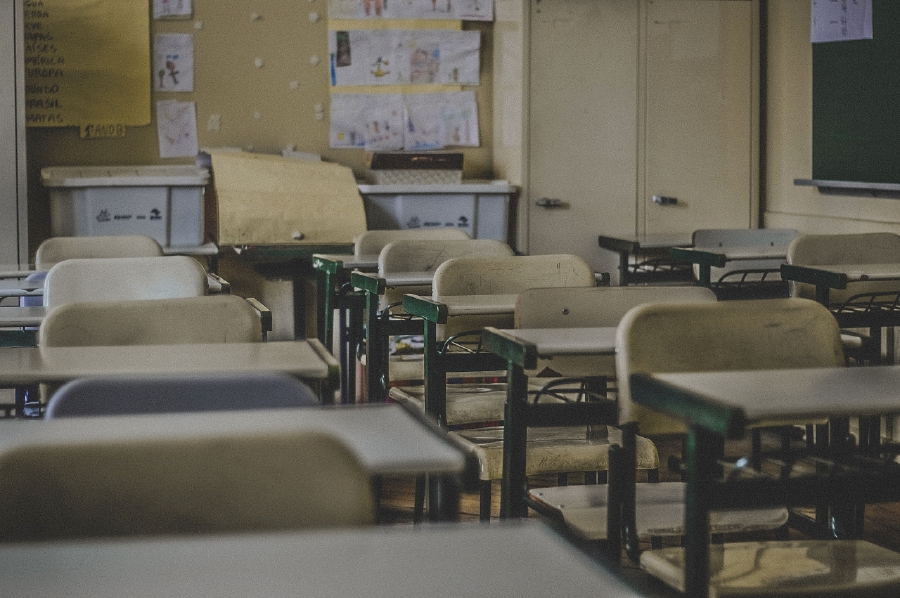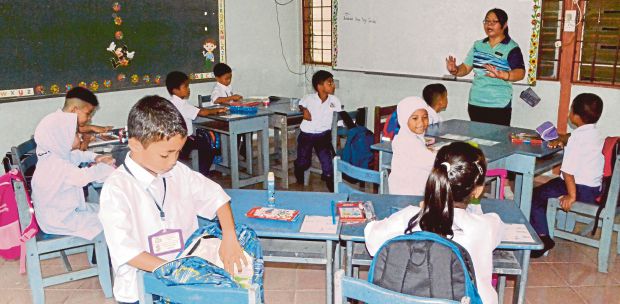MOST of us were still focused on the plight of the flood victims last week that an important judgment on the constitutionality of vernacular schools in the country went by almost unnoticed.
On Wednesday, High Court judge Datuk Mohd Nazlan Mohd Ghazali dismissed a suit by the Federation of Peninsular Malay Students, the Islamic Education Development Council and the Coalition of National Writers' Association.
Filed in December 2019, the suit named 13 defendants, including the education minister, the Malaysian government, Chinese educationist groups, Persatuan Thamizhar Malaysia and several political parties.
The case raised two constitutional issues:
WHETHER sections 2, 17 and 28 of the Education Act 1996 (which allow Mandarin and Tamil schools to teach in these languages) are inconsistent with Article 152; and
WHETHER the establishment of these vernacular schools infringe Articles 5, 8, 10, 11 and 12 of the Federal Constitution.
To understand the court's decision on the first issue, we need to read closely the Education Act and Article 152 of the Federal Constitution.
Section 2 deals with the definition of various terms used in the act. Section 17 mandates the use of the national language in all educational institutions except national-type schools, whilst section 28 empowers the minister to establish national schools and national-type schools.
Article 152 (1) states that the national language shall be the Malay language and shall be in such script as Parliament may by law provide.
There is, however, a proviso, in paragraph (a), which states that no person shall be prohibited or prevented from using (otherwise than for official purposes), or from teaching or learning, any other language.
Article 152(6) then states that "official purpose" means any purpose of the government, whether federal or state, and includes any purpose of a public authority.
Judge Nazlan said vernacular schools are educational institutions under the Education Act 1996.
They are not public or statutory authorities; therefore, they are not subject to the rule that the national language must be the medium of instruction.
He added that unlike a university, a vernacular school or a national-type school under the Education Act 1996 does not sufficiently exhibit the requisite public element to be validly construed as a statutory authority.
The judge stated that Article 152(1) protects learning and teaching in languages other than the national language.
The use of a non-national language is not prohibited, as long as it is not for official purposes.
With regard to the second issue, the learned judge held that the plaintiffs had failed to show how vernacular schools infringed upon their personal liberty under the Federal Constitution. Accordingly, he ruled:
"Given that the use of Chinese and Tamil in vernacular schools as a medium of instruction is constitutional as it is protected under the exceptions in Articles 152(1)(a) and (b) of the Constitution, there is no basis to contend that the establishment and existence of vernacular schools are inconsistent with or infringe Articles 5, 8, 10, 11 and 12 of the Federal Constitution."
He added that the plaintiffs have not shown in what manner the existence of the vernacular schools violated the fundamental liberties of any person guaranteed in the said articles. Enrolment in a vernacular school is a matter of choice.
In this civil suit, the burden of proof is always on the plaintiffs to show that there has been a clear transgression of constitutional principles. On the evidence, the judge said: "The plaintiffs have clearly not succeeded."
Under the circumstances, he answered both questions in the suit in the negative. Vernacular schools in this country are not unconstitutional.
According to the judge, his judgment was focused on the interpretation of Article 152 (1) and did not delve into the role of the national language in the promotion of national identity and unity, or in nation-building.
With regard to questions regarding the standard of learning and teaching in schools and whether the national education system is sufficiently inclusive, these are matters best dealt with by the executive and the legislature.
There are currently 1,321 Chinese primary schools and 524 Tamil schools in the country. Last week's decision is certainly good news for them.
The writer was a federal counsel at the Attorney-General's Chambers and visiting professor at Universiti Teknologi Malaysia. He is now a full-time consultant, trainer and author






